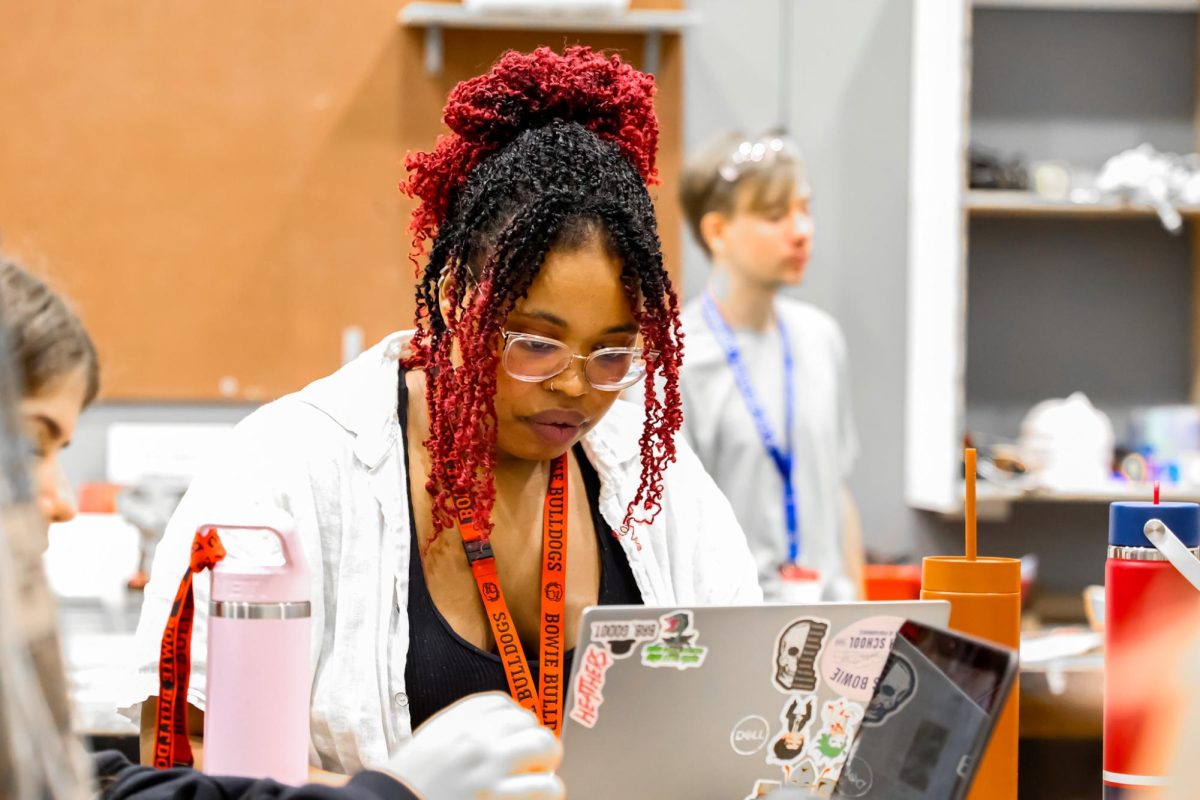SEL teaches students life skills
October 14, 2017
When students think of top-10 things they are learning in school, the thought of what life skills they’re being taught through academic lessons may not be on the top of their list.
Social and Emotional Learning (SEL) includes every day, fundamental life skills combined with their lesson plans to create an effective teaching technique that incorporates all styles of learning.
“It’s learning how people’s feelings work and learning to put yourself in their shoes,” freshman Sydney Johnson said. “If I said something, I need to think about how it affects someone else.”
These fundamental life skills include the ability to manage their emotions, goals they set for themselves, to share empathy, establish and maintain relationships, and make challenging decisions.
“We do incorporate a lot of those things,” Child development teacher Jean Frazier said. “And expecting students to learn one particular way, we don’t learn that way, we’re all unique and different.”
Johnson believes the response to this kind of teaching should be clear.
“I feel like it should have a positive effect on the students,” Johnson said.
SEL, when it’s used in a school’s curriculum, affects choices in the curriculum, and how students are taught in the classroom by multiple ways of teaching and learning.
“I think the more that we offer different learning ways, the better success we’ll have for students, and that’s what we ultimately want, student success,” Frazier said. “Student success is what counts, and that’s what we’re all here for: for them to be successful.”
Within AISD’s district-wide Coordinated School Health Kick-Off Week, Wednesday, September 13th, was dedicated to SEL. Freshman Natalia Casanova has previously didn’t know what SEL was, but she now finds it important for the future of students.
“They want their students to know these things, because they’re good to know when you’re older,” Casanova said.
Frazier believes that SEL allows anyone to learn and teach in a variety of ways that give the best benefit to students.
“It’s important because we’re all unique… It should be an easy thing as far as curriculum, I try to do things in different ways, and just because I do recognize that we all have different and unique ways,” Frazier said. “Mainly because that’s something so prominent, is that different way of learning, and a different way of teaching, too, is to try to do that.”
Different types of teaching reach a broader range of students, according to Frazier. Social and Emotional learning helps to reach that broader audience.
“All of us come from different walks of life,” Frazier said. “And by incorporating different ways that we learn and teach, hopefully that’ll help the kids.”








